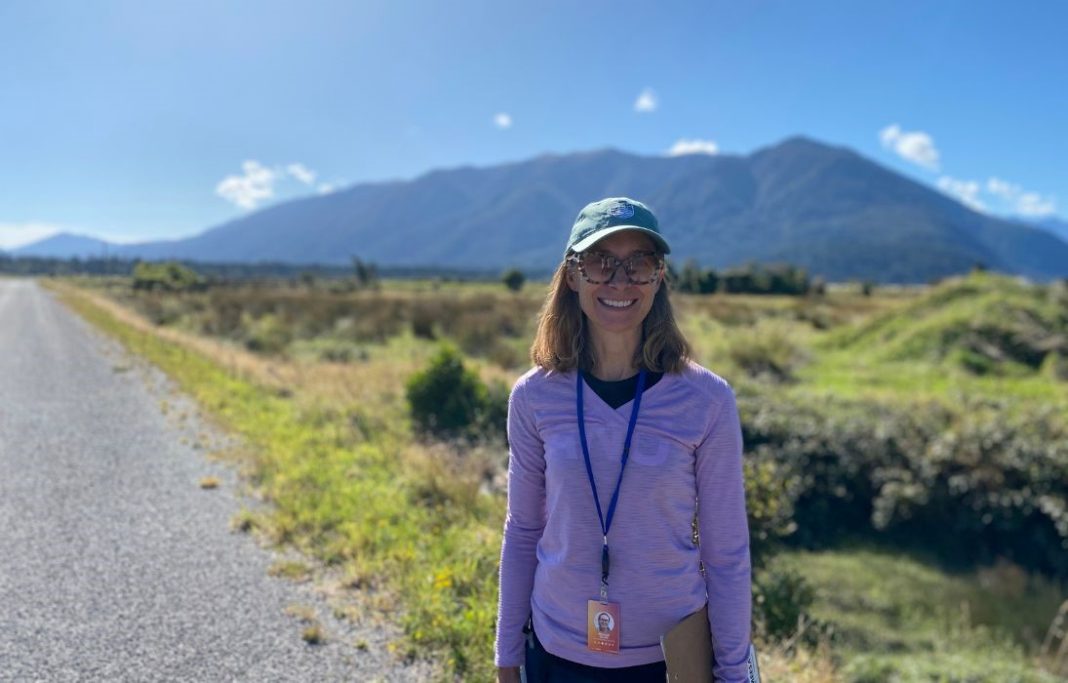Australian National University (ANU) researchers have discovered the first conclusive proof that a tectonic plate had flipped over, shedding light on the mechanisms behind rare and deep earthquakes.
An array of seismic stations in Spain and Morocco captured the seismic waves from a magnitude 6.3 earthquake that occurred 600 km below Granada in April 2010.
A plate beneath the western Mediterranean descended rapidly into the Earth’s mantle and overturned, so that the water it carried as it sunk is now further below the surface.
“Our study is the first to conclude that the slab has overturned rather than vertical or steeply dipping,” Professor Meghan Miller, a seismologist at the ANU Research School of Earth Sciences, said.
“The oceanic lithosphere — the solid, outermost part of the Earth — has turned on top of itself, so it’s rolled over. This is the first time that it’s been imaged in such detail…
“These new insights give a fundamental understanding of how our planet has evolved over time.”
Seismologists have measured the Earth’s interior for decades, most commonly through tomography, a ‘CT scan’ of the Earth’s surface.
The result is often low-resolution, providing a blurry image of what’s happening in the Earth’s interior.
“We took a different approach,” Professor Miller said. “[We] weren’t looking at tomographic models but at individual waves in a seismogram, a more ‘old school’ technique in which you can observe the detailed changes in the waveforms.
“By looking at how the waveforms differ from what’s expected, we discovered detailed structures deep inside the Earth.
“This blend of traditional methodology and new high-performance computing led us to the fine-scale imaging where we saw the structure and morphology of this unique subducted slab, which was very unexpected and exciting.”
The study could help researchers sort out the “complicated tectonic structure” of the Rif-Betic-Alboran region, part of the western Mediterranean basin where Africa and Eurasia are converging, Professor Daoyuan Sun, from the University of Science and Technology of China, said.
The Betic mountain ranges in Spain and the Rif Mountain ranges in Morocco form an arc; the region includes the Alboran Sea basin east of the Strait of Gibraltar.
The researchers say it would be promising to investigate the seismic waveforms produced by deep earthquakes in other places – such as northeastern China, South America, Indonesia, and the Fiji-Tonga region – to see if similar mechanisms are at work.
“But the research would require dense seismic stations deployed right above these earthquakes, as was the lucky case with the 2010 Spain earthquake,” Professor Miller said.



